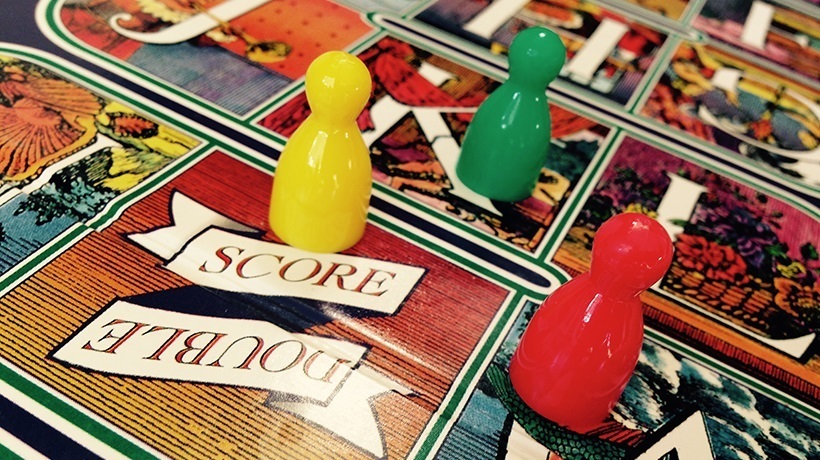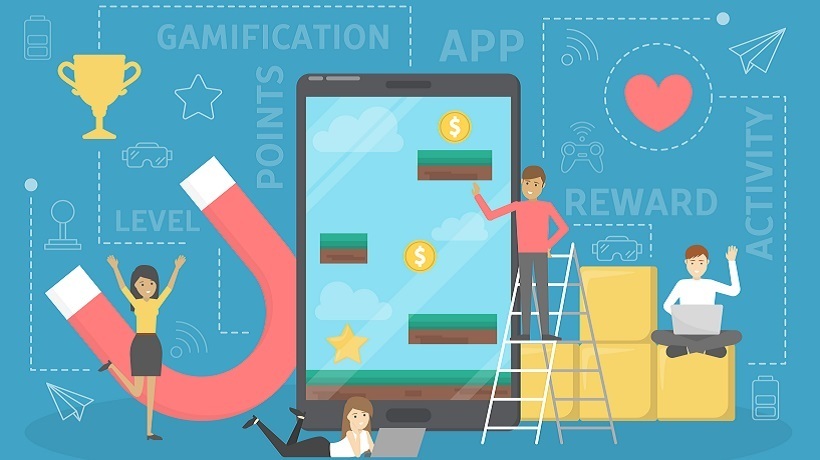How To Gamify Your Online Course Easily
Since childhood, most of us are used to setting games and studying as far apart as possible in our minds. Studying is usually perceived as an impossibly boring task that simply cannot be engaging or entertaining. This idea is further crystallized by outdated school and college courses and educators many of whom feel that enjoying your studies is something almost criminal. If it isn’t boring, it isn’t serious enough.
However, this viewpoint is gradually getting challenged, primarily with the concept of gamification, i. e, the introduction of game elements (challenges, competition, leaderboards, awards to name but a few simpler ones) into the learning process. This approach ensures high levels of involvement, participation, and interaction; information perception rates are reported to increase by 9%. And we shouldn’t even mention that education that is fun, in addition to being useful, is much more attractive.
All this means that if you are thinking about creating a truly adaptive online course, gamification is the way to go, and in this article, we will cover 5 ways you can implement it.
1. Progress Tracking
Progress tracking is a simple concept. Most people feel motivated when their achievements are acknowledged, even if the achievements in question are fairly minor. However, in normal learning environments students not just exist in isolation, they never see the degree to which they’ve mastered the material until exams. By implementing a simple progress-tracking module in your course, you can let your students track their progress and see themselves moving incrementally towards their goal.
2. Gradual Challenge Increase
Most video games are built around the idea of a smooth learning curve and gradual ramping up of the challenge. This means that proceeding is always somewhat challenging but not so much as to make the player feel disheartened or annoyed. You can use the same principle, for example, start your course with a simple topic and quiz to cover it, something that the absolute majority of students will be able to deal with relatively effortlessly. This will give all course participants a boost in morale that will help them believe in their ability to master more difficult topics later. You should design later parts of the course around the new abilities acquired by your learners.
3. Social Sharing
Making an achievement is motivating. Sharing your achievements with others is even more motivating – this is what the principle of social sharing stands on. Letting everybody know about the results they’ve already achieved makes learners believe in their power and, what is even more important, creates an expectation in both themselves and those who’ve read their shares. If they start a course, they are expected to continue and finish it, otherwise, they won’t be able to feel that good any longer. Existing social shares effectively nudge them along, motivating them to continue and work more diligently. The additional benefit for you as the creator of the course is that each such share creates additional word-of-mouth marketing for your course.
4. Point And Level-Up Systems
Most video games use the idea of winning a progression of ever-growing rewards and leveling up in some form, and you should make a note of it. You can award your learners points for successful completion of individual modules, assignments, and mini-courses. They may be purely decorative or fully functional. You can, for example, give them the ability to exchange them for unlocking additional materials or more advanced stages of the course. To give an additional competitive overtone to the entire thing, you can implement a leaderboard showcasing your most active and successful learners, thus motivating runner-ups to try harder. You may think that these points carry with themselves no real rewards and will be ignored by the vast majority of your students. However, you underestimate the almost addictive feeling of pleasure created by measuring your progress in this manner. It will affect a vast number of participants, and the time spent implementing it won’t be lost.
5. Action-Based Content Unlocking
One of the foundational problems in front of any online content creator is the choice between drip-feeding his content in a time-based manner (i.e., one module per week) or giving the learners full access to the entire course in one go. Gamification offers a third and entirely more engaging approach. You can give access to more advanced parts of the course based on how successful each particular learner is at going through the course’s materials. Those who are either more diligent or have more free time on their hands will be able to go through all the modules in quick succession, while others can take their time and progress at their own pace. Speaking of them, you can send email follow-ups to students who seriously lag behind and remind them about it, probably offering help or asking for their feedback on why they weren’t able to complete this or that part in a timely manner.
Conclusion
Gamification isn't just a fad that is going to pass. It is, quite certainly, the future of education industry, and independent creators of online courses are in better position than anybody else to quickly react to this situation and start implementing its principles in their work. While institutional education system is still plodding on through the mire of traditional learning methods, you are free to experiment and deploy better systems creating more engaging, fun, and effective learning materials for your students.








